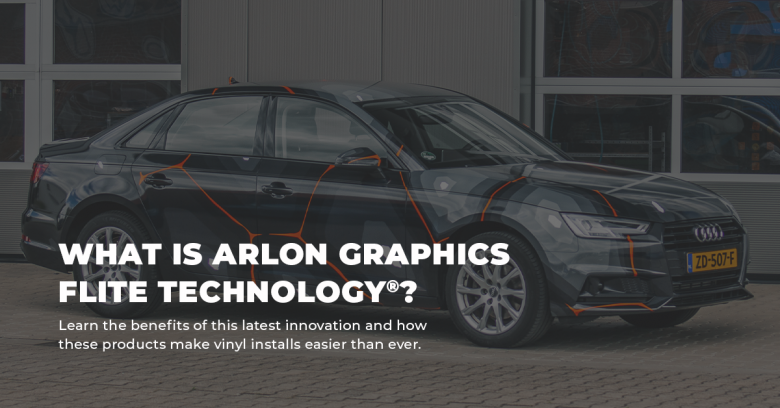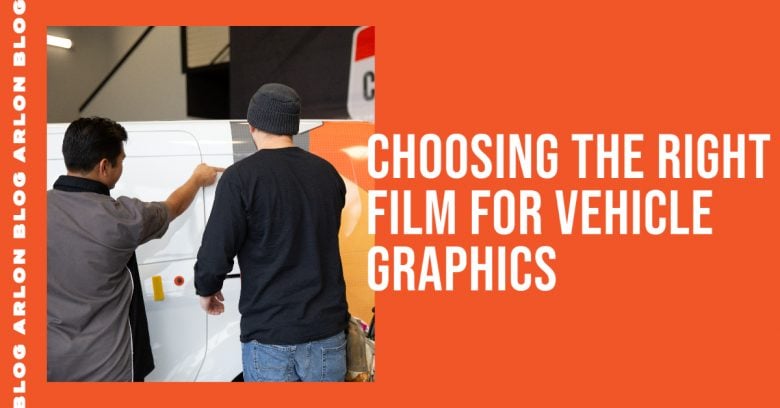Arlon Graphics FLITE Technology allows vinyl applicators to complete full wraps in the most challenging application environments single-handedly.
Choosing the right film for a vehicle wrap that caters to the project you are working on can be difficult. But taking the time to select the right film can lead to more efficient installations saving you time and money. To make your decision process easy, we’ve outlined the top eight questions to ask when […]


